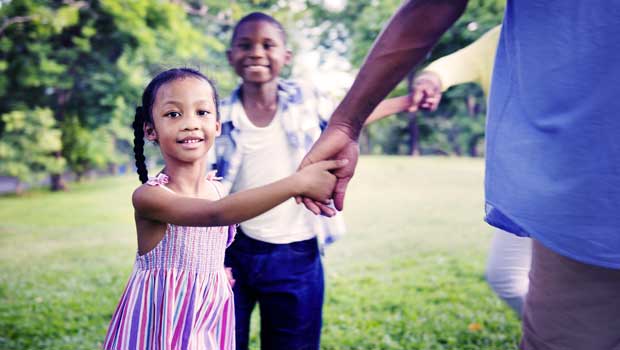
Dear summer,
I cry uncle.
We thought managing our daughter’s Type 1 diabetes during summertime would be a breeze. School is finally out, fun summer activities are in, so increased physical activity and closer monitoring at home would result in a tighter blood sugar control, right? Not so fast. So far our summer has been full of highs and lows, just like uncontrolled diabetes personified.
We kicked off our summertime diabetes adventures with our daughter’s first ever bee sting. As her fingers took the shape of sausages, her blood glucose swelled proportionally. This was actually an insult to injury, as her levels had already been running inexplicably high for a few days prior to the sting. After consulting with Dr. Google and other Internet experts on all things bees and diabetes, we concluded that it was probable that her levels were rising in response to stress and pain, and not so much to the sting itself. Our daughter’s hand and fingers remained swollen for five days and her sugars remained elevated in sync with the swelling.
We consulted with her endocrinology team and were advised to not make any changes in insulin dosing, as she was heading to a sleep-away camp in a few days. Sure enough, her sugars started to stabilize just as the swelling subsided. However, we discovered one more confound: judging by how our daughter precipitously grew out of all of her shoes practically overnight, the bee sting may have coincided with a major growth spurt. It was entirely possible that her highs were a result of her growing and had nothing to do with the bee sting.
As our daughter left for a sleep-away diabetes camp, we hoped that a week there would bring more stability. Rookie mistake. We completely discounted the fact that camp was at a much higher elevation. And it was not after we read the paperwork upon our daughter’s return that it finally sank in: tight blood sugar control is not camp’s objective. Having an amazing and safe experience is. She did have a safe and amazing experience but her blood sugar fluctuated quite a bit. Upon return to a lower altitude and a big change in a daily schedule, we faced persistent highs again.
A stubborn blood sugar fluctuation pattern was emerging. Our daughter’s BG would skyrocket in response to an event or a change in routine and stay high for a number of days. Then it would stabilize for a few days, only to shoot up again in response to another event or change in routine. A summer cold that turned into a double ear infection had us running 200% basal rate and it was like water for insulin. A local diabetes day camp, on the other hand, produced such beautiful levels for four days straight that we could almost claim our daughter’s diabetes was cured. Not to be outdone, diabetes reminded us of its invincibility when it handed our daughter a record low of 38, apropos of nothing. And then there was one day at the pool that defied all logic. Normally, spending five hours in a pool would cause low blood sugars. However, spending five hours in the sun, in and out of a pool heated to 90 degrees, “cooked” insulin in the pump and sent our daughter’s levels up, up and away.
At our daughter’s appointment today, her endocrinologist pronounced her to be “a picture of heath”, despite her A1C inching up a little bit over the last three months. It is still in a good range, but so much for tighter control! That being said, with our endocrinologist’s support we are accepting the “gluco-coaster” reality of this summer. We’ve gotten a lot more proficient at manipulating temporary basal rates. We’ve gotten bolder and more precise with rage bolusing. We are developing a spidey-sense of when to intervene more quickly or more aggressively and when to wait things out. When we have questions or concerns, we have a great endocrinology team that helps us tweak insulin dosing.
Forget tighter control. We are going to manage diabetes the best we can while taking it one day at a time and focusing on having a safe and fun summer.
Thanks for reading this Insulin Nation article. Want more Type 1 news? Subscribe here.
Have Type 2 diabetes or know someone who does? Try Type 2 Nation, our sister publication.